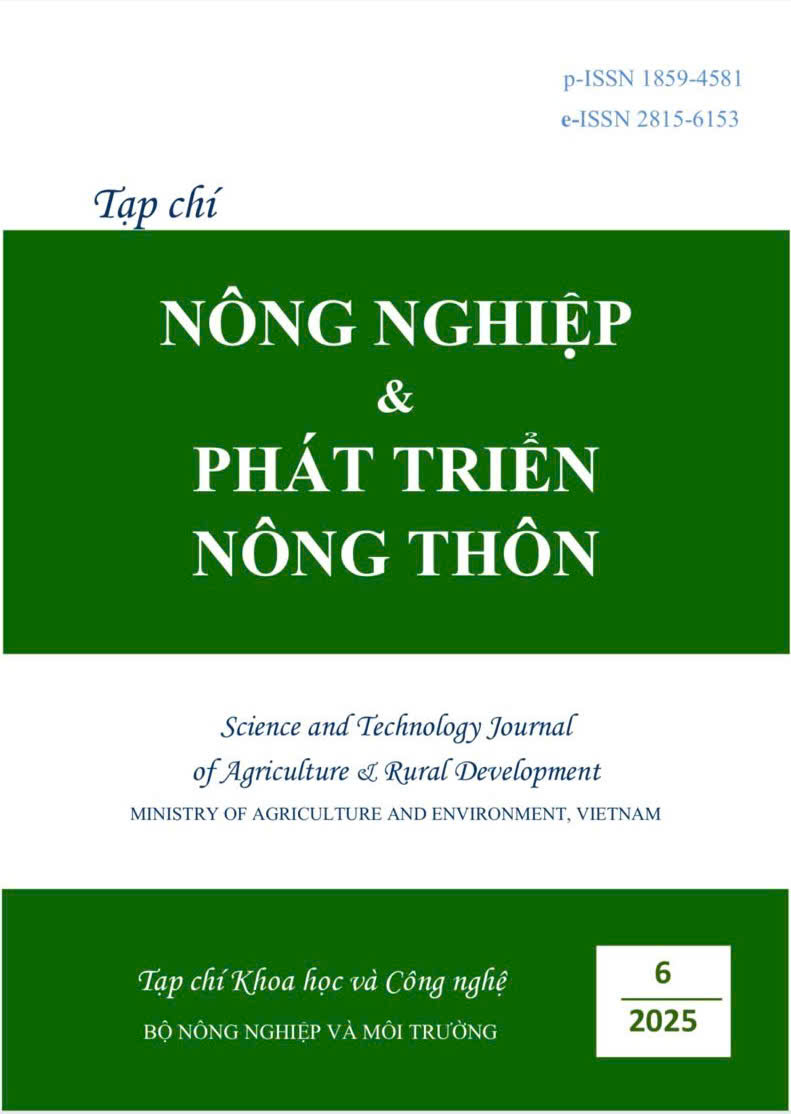GROWTH PERFORMACES AND STRESS-TOLERANT ABILITIES BETWEEN NILE TILAPIA (Oreochromis niloticus) AND RED TILAPIA (Oreochromis sp.) REARED WITH BIOFLOC TECHNOLOGY
DOI:
https://doi.org/10.71254/wtkvp352Keywords:
Red tilapia, Nile tilapia, stress tolerance, biofloc environment, growthAbstract
This study was conducted to determine the preferable appropriateness between Nile tilapia (Oreochromis niloticus) and Red tilapia (Oreochromis sp.) for biofloc-based aquaculture systems using carbon source from sugar cane molasses. The 50-day experiment consisted of two treatments, with triplicates each, including (1) Ca_Rphi: Nile tilapia in biofloc and (2) Ca_Dhong: Red tilapia in biofloc. Piscine seeds (on average weight and length of 3.9 g and 5.9 cm) were reared in composite tanks (200 L/tank) at the stocking density of 50 fishes/tank. The experiemtal results illustrated better water quality, as indications of lower TAN, NO2--N and PO43--P levels (p < 0.05), in the Ca_Dhong treatment versus Ca_Rphi treatment. Red tilapia indicated superior growth performances (p < 0.05) in terms of weight and survival rate (40.82 ± 4,21 g/fish and 95.33 ± 1,15%, respectively) to those of Nile tilapia (12.51 ± 1.34 g/fish and 91.33 ± 2.31%). Biofloc formed in the Ca_Dhong tanks had a higher total protein (28.69 ± 1.49%DW) than that in the Ca_Rphi tanks, p < 0.05. Significant superiority, p < 0.05, was also documented for the essential amino acids profile (except for phenylalanine, p > 0.05) of biofloc in the Ca_Dhong treatment. The harvestable Red tilapia and Nile tilapia showed identical tolerant capacities against the abrupt environmental stress factors, with the piscine pH, salinity, and temperature thresholds of 3, 40 ppt, and 10oC or 40oC, respectively. Red tilapia possessed the better stress-tolerant abilities (p < 0.05) as compared to Nile tilapia.







